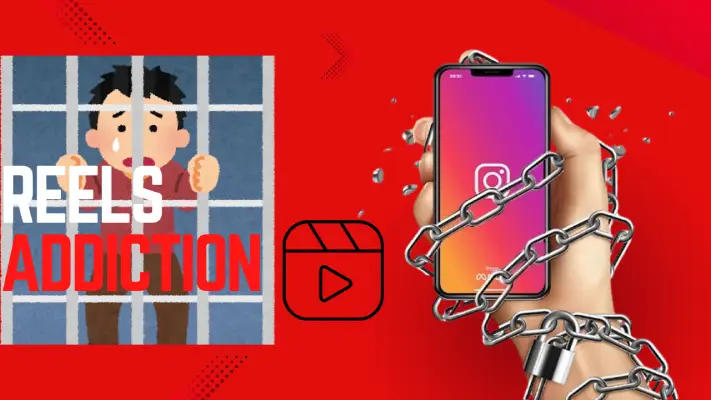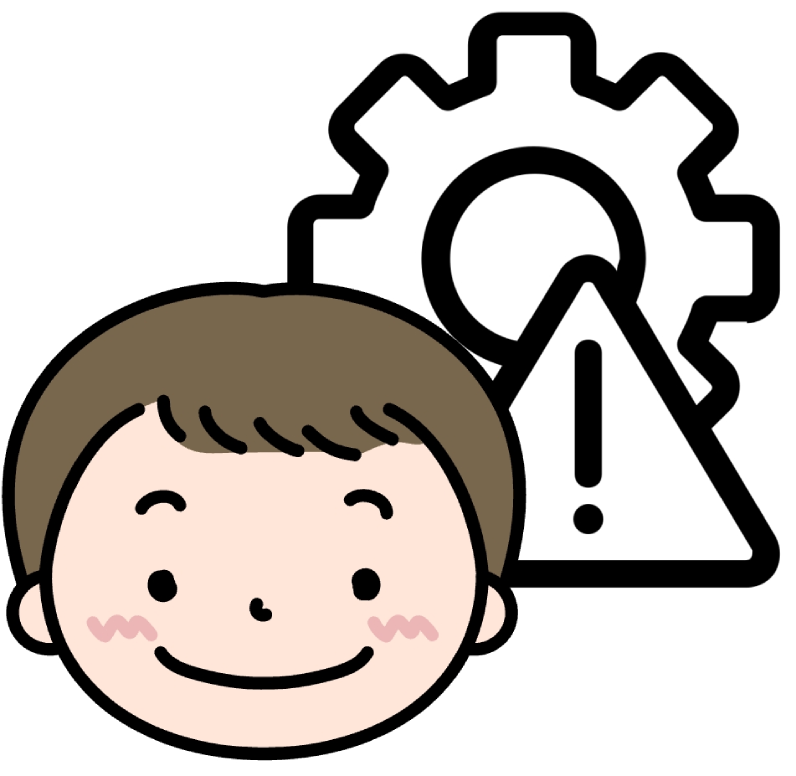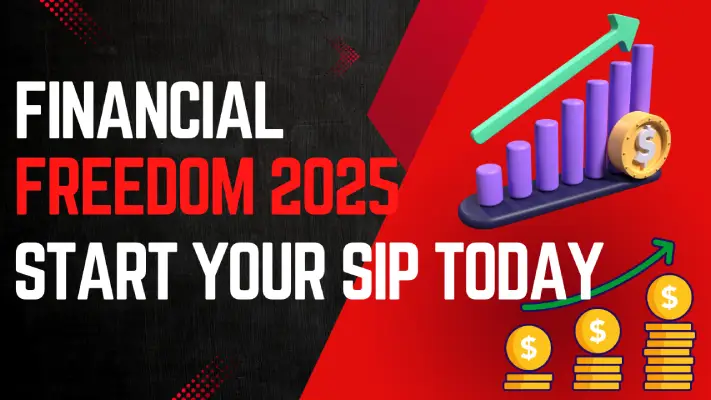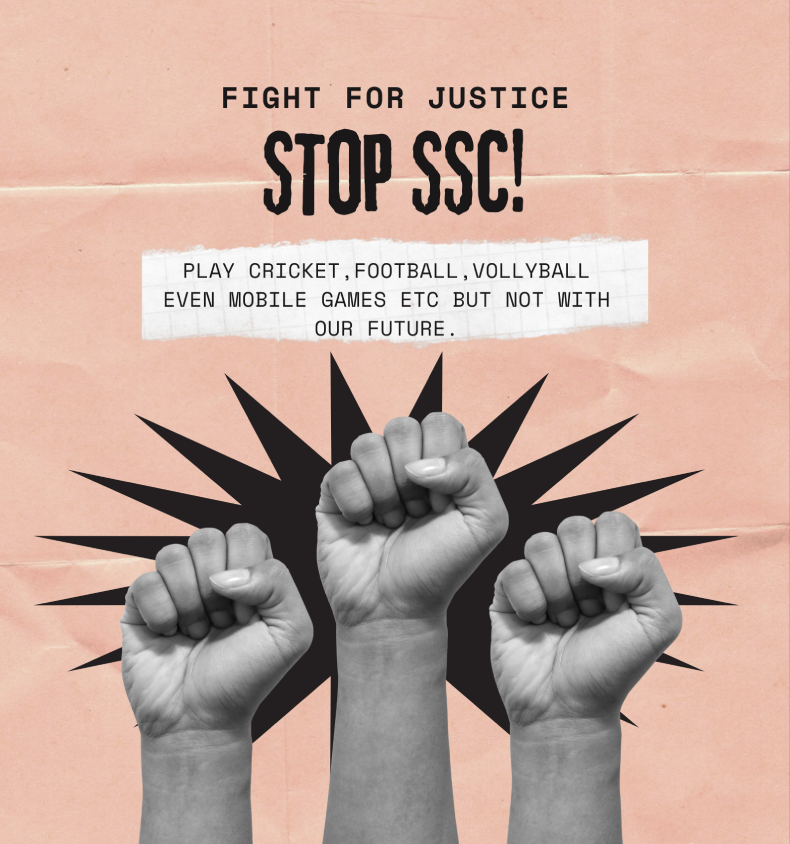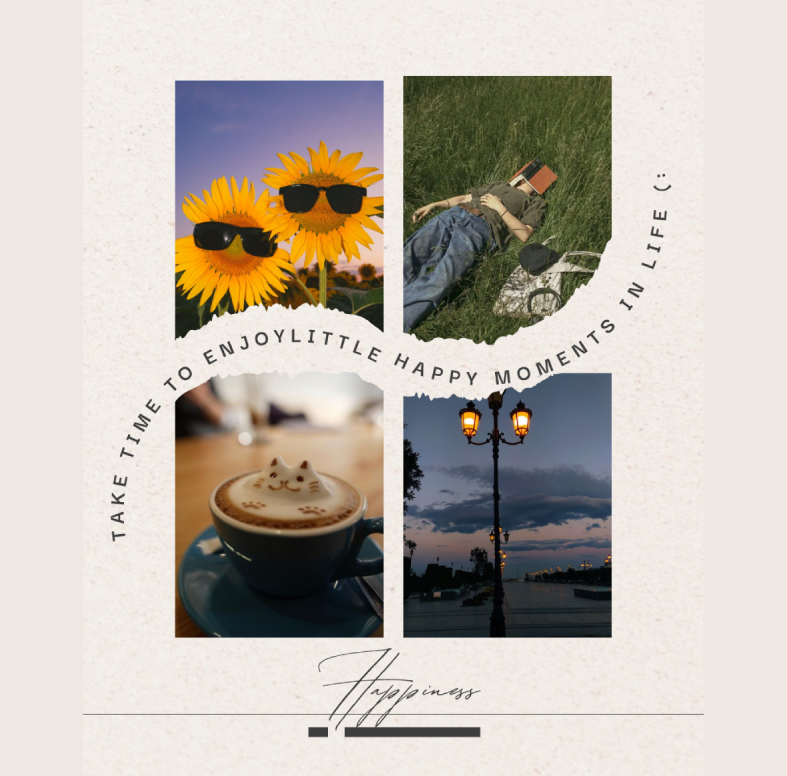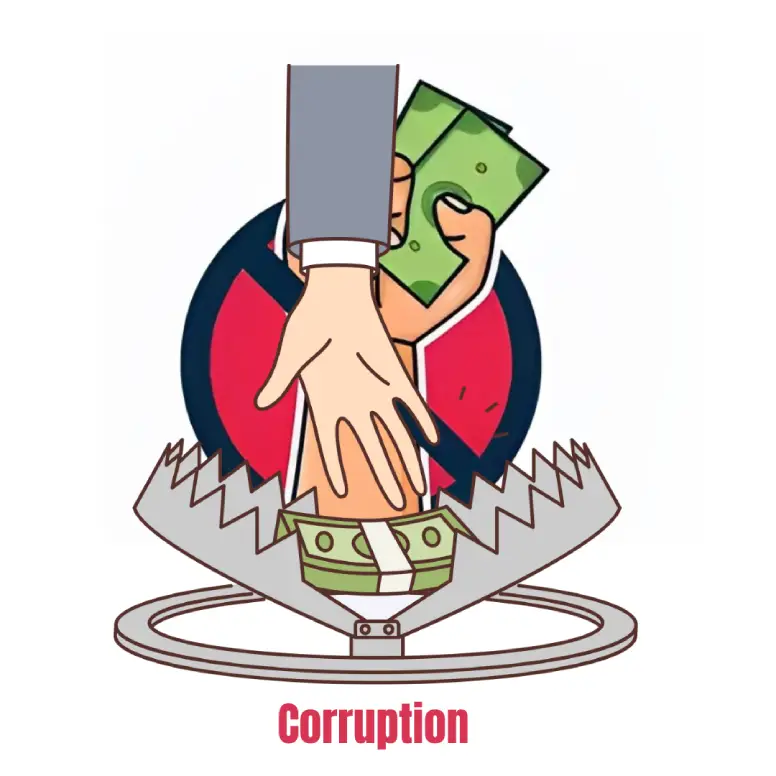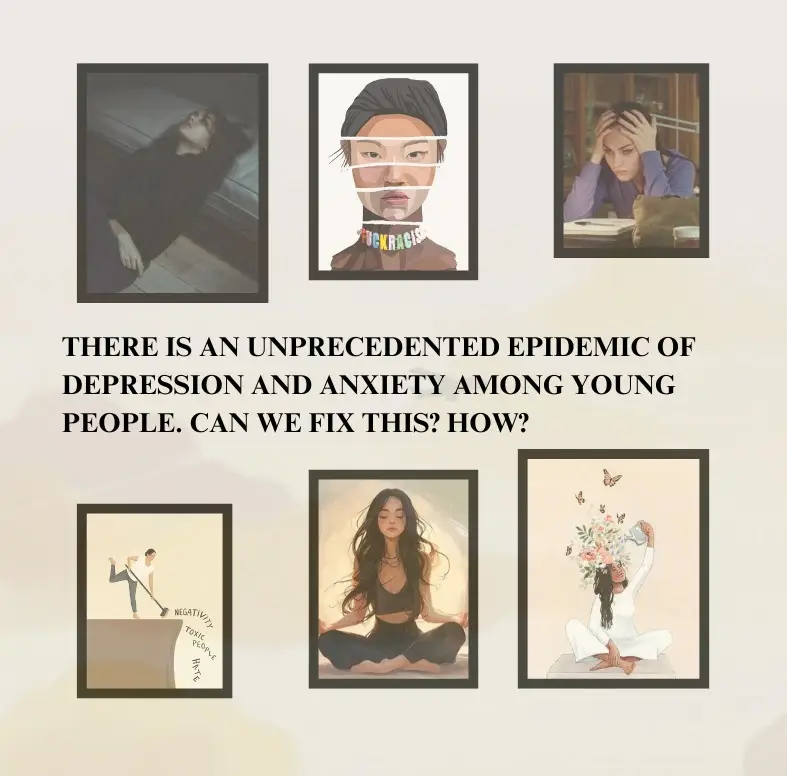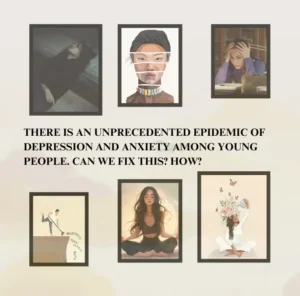Introduction
In these 10 years, there have been many changes in social media and we have reached great heights in the field of technology. Reels or short video platforms have been introduced by Facebook, Instagram, and TikTok. These brief, captivating videos aim to thrill audiences, increase their screen time, and often make them addicted. The addiction to reels is a growing problem that impacts social interaction, productivity, and mental health. The effects of this addiction on people and practical solutions will all be included in this essay.
Understanding the Addiction to Reels
The addiction to reels refers to an insatiable desire to spend a long time watching short videos on social media. Reels are very addictive because, unlike traditional long-form content, they are designed to provide quick pleasure. The habit of excessive scrolling is fueled by a constant flow of engaging content, releasing dopamine in the brain.
Why are reels so addictive?
Just like gambling or substance addiction, reels, which are short videos lasting 15 to 60 seconds, hit the brain’s reward system. Social media algorithms tailor content to keep people engaged longer based on their preferences. The endless scrolling makes it hard to stop. People with FOMO get even more hooked on reels because they want to stay updated with trends and viral videos.
Most affected age groups and demographics
- Teenagers and Young Adults (Ages 13-25): This group is especially prone to compulsive scrolling since they’re surrounded by influencers, trends, and viral challenges, and they often use reels for entertainment, socializing, and self-expression.
Psychological and Social Impact of Reels Addiction
Even though reels are fun, watching too many can mess with your social life and mental health. Spending too much time on them can lead to issues like:
- Anxiety and depression
- Short attention spans
- Trouble sleeping
- Reduced productivity and procrastination
- Strained family and social relationships
- Difficulty enjoying offline activities
How to Overcome Reels Addiction
Breaking free from reels addiction requires conscious effort and discipline. Here are some practical steps:
- Set a daily limit for app usage on your smartphone.
- Practice mindful consumption by being aware of your scrolling habits.
- Engage in offline activities like reading, painting, exercising, or learning new skills.
- Use productivity tools like Freedom, StayFocusd, and Forest to block distracting social media apps.
- Take digital detoxes by setting screen-free hours during the day.
- Seek professional help if your addiction to reels is seriously affecting your mental health and daily life.
- Follow educational content creators and unfollow or mute pages that contribute to unnecessary screen time.
Conclusion
The addiction to reels is a growing concern in the digital age, driven by instant gratification and algorithm-driven engagement. While short-form videos can be entertaining and informative, excessive consumption can harm mental health, productivity, and real-life relationships. By practicing mindful consumption habits, setting boundaries, and engaging in offline activities, individuals can break free from reel addiction and live a more balanced life. The key lies in letting technology serve us rather than controlling us.
My POV
From my point of view, addiction to reels destroys our productivity at work. If we do any other content because of reels, then after a time that content will end, like movies, web series, and music, and we can come back to our work. But once we get addicted to reels, it becomes very difficult for us to come back. Our screen time just increases daily. I have seen and met such people whose screen time used to be 12-14 hours, that too during exams.


